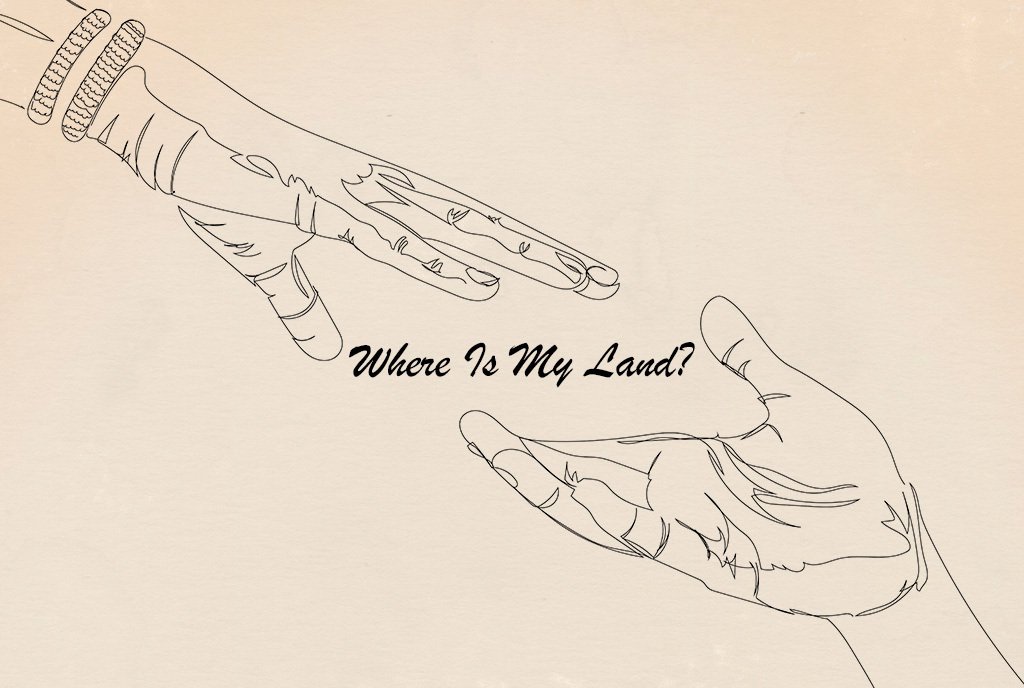A few weeks ago the world was knocked off its axis and the same ocean that had acted as a life-source violently swept over its shores destroying the land, people and economies it had once fed. This brings home again the idea that things can have both great positive and negative potential all at once. In the succeeding few weeks we have watched as people and governments have organized themselves to respond, and in the ensuing cacophony we have seen the best and worst of what people do for, and to, one another.
We have seen many people just pick up and go try to help and others reach into their individual pockets and give generously. At the same time, Sri Lanka has had to set up a strong system to prevent any child trafficking of not only orphans but of children who have become temporarily separated from their families.
During a radio broadcast the other day a representative of UNICEF in Sri Lanka spoke about this in response to a question regarding how soon foreign families would be considered as good adoption placements for those children. His statement was beautifully put, repeating to the world at large that as many of those children as possible should be placed in Sri Lanka. He seemed confident that they would be incorporated into the rest of the population in a caring way.
This spoke volumes to me about a number of issues — the need to respect the people you seek to help by putting aside your own impulses in favor of a commitment to follow their lead, for one. This has been repeated over and over again by some of the international aid agencies with the best track records. Sometimes an uninformed urge to help in our own way can tear at the fabric of a thing, fabric which may already have taken a beating. It speaks to the need for humility and a willingness to know things in a different way.
In any case, we thought that we would provide for you two fascinating analyses of the immediate charitable response to the tsunami. One is by Rick Cohen of the National Committee for Responsive Philanthropy and looks at the interconnection between charitable and political response.
Sign up for our free newsletters
Subscribe to NPQ's newsletters to have our top stories delivered directly to your inbox.
By signing up, you agree to our privacy policy and terms of use, and to receive messages from NPQ and our partners.
http://www.dev-npq-site.pantheonsite.io/section/602.html
The other is from Bob Ottenhoff of GuideStar. That article addresses the need for a better understanding of the worth of infrastructure. These issues always emerge around disaster relief and invariably raise questions along the lines of: “How much of my donation goes directly for relief?”
http://www.dev-npq-site.pantheonsite.io/section/603.html
We hope that you find these informative and would love to hear your responses to them. Please forgive us if Cohen’s numbers are a bit outdated. His article was produced for our upcoming issue of the NPQ, which is on the topic of what constitutes responsible leadership.












